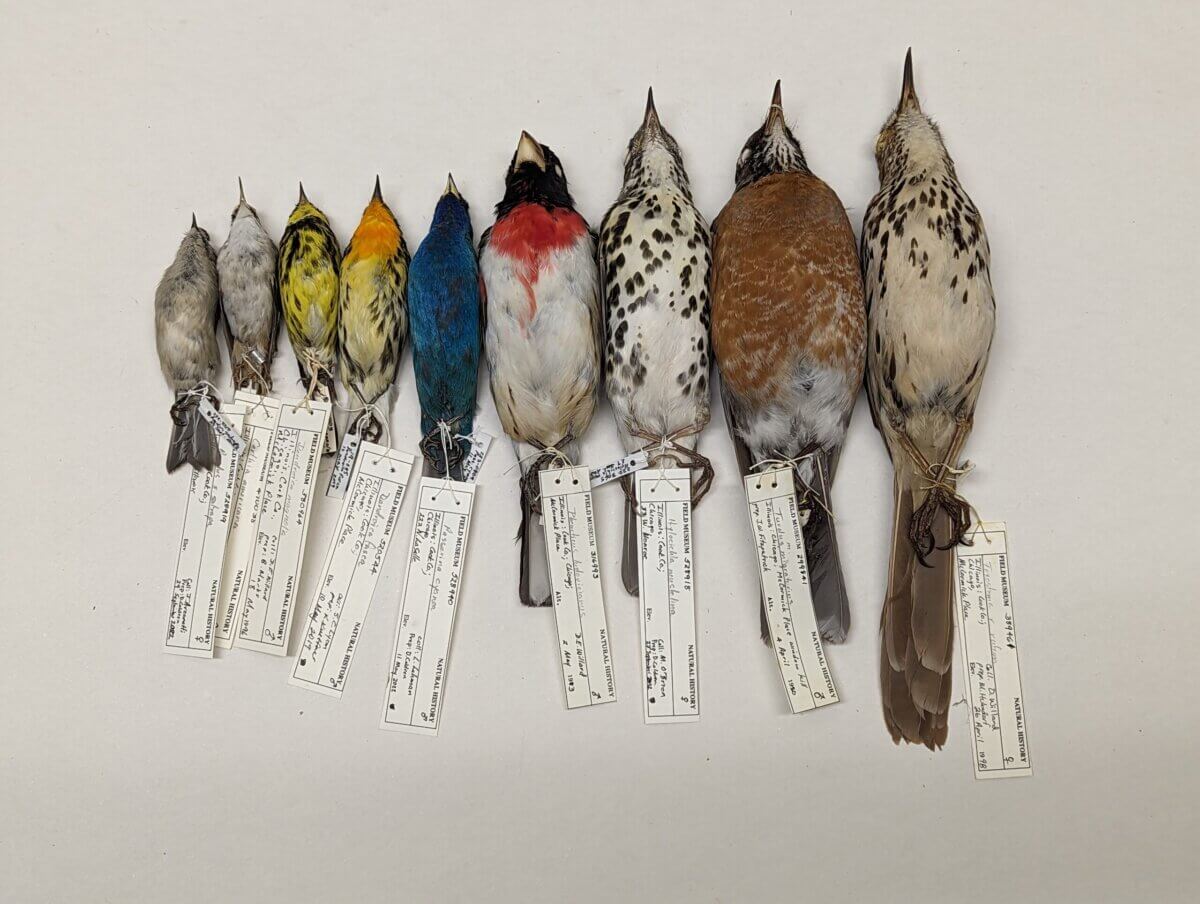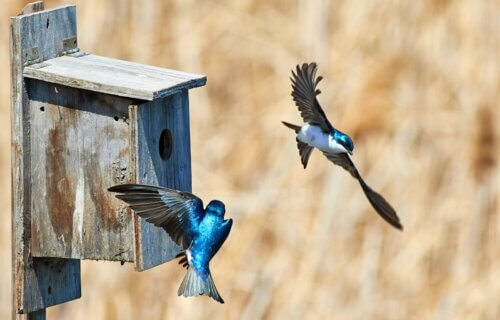ANN ARBOR, Mich. — As the planet heats up, birds are shrinking down in size, according to scientists. New research finds a downward shift in the body size of birds native to the Americas. At the same time, however, their wings are getting even bigger. Moreover, the smallest-bodied species are changing the fastest, while researchers expect larger-bodied birds to go extinct as they struggle to adapt to climate change.
“The relationships between body size and rates of change are remarkably consistent across both datasets. However, the biological mechanism underlying the observed link between body size and rates of morphological change requires further investigation,” says Benjamin Winger, an ornithologist at the University of Michigan and one of the study’s senior authors, in a media release.
The study combined the data taken from two papers measuring the change in body size and wing-length in over 86,000 American birds. The changes were observed over a period of four decades. The first sample came from 52 migrating bird species who died after crashing into Chicago buildings. The second studied the features of 77 non-migrating bird species in the Amazon.
The smallest bird from Chicago was the golden-crowned kinglet measuring in at an average size of 5.47 grams. The largest was the common grackle at 107.90 grams. In the Amazon, the fork-tailed woodnymph was the smallest at 4.08 grams and the largest was the Amazonian motmot at 131 grams.

Among biologists, it’s a common assumption that a species’ “generation length” — the average age individuals produce offspring — helps in predicting their ability to adapt to sudden environmental changes. Shorter-lived organisms like mice reproduce quickly, with scientists predicting that they evolve faster than creatures with longer generation lengths, such as elephants. This is because mice have more opportunities to pass along genetic mutations that develop during reproduction.
Using statistical models, the authors tested the relationship between generation length and species body size among birds. They did not find a link between these two factors. However, they did find that body size displayed a significant link to how fast birds in both Chicago and the Amazon were adapting to changes in their environments.
Despite being countries apart, the two studies showed smaller bird species growing tinier and their wing length increasing over time. Both papers suggest the change in shape is likely due to increasing temperatures over the past four decades and could be an evolutionary response to coping with climate change.
One question left unanswered, however, is why smaller-bodied species are changing faster than larger birds. A possible reason is that smaller birds are adapting more quickly to evolutionary pressures, although the team could not test this theory with the current amount of data they collected.
“If natural selection plays a role in the patterns we observed, our results suggest that smaller bird species might be evolving faster because they experience stronger selection, are more responsive to selection, or both,” says Brian Weeks, an evolutionary ecologist at the University of Michigan’s school for environment and sustainability.
Regardless of the reason, the authors say a bird’s body size is likely reacting to climate change. With larger-bodied birds adapting slower to rising temperatures and habitat loss, they are more at risk of extinction. Additionally, we might see more smaller-bodied birds in the future if they are able to adapt quickly to a hotter planet.
The study is published in Proceedings of the National Academy of Sciences.
You might also be interested in:
- Best Bird Houses In 2023
- Birds of a feather: Here’s why different species start looking exactly the same
- Climate change could soon leave all birds extinct or featherless


This has happened plenty of times before as climates fluctuated during the last 2 or 3M years. So let’s not panic.